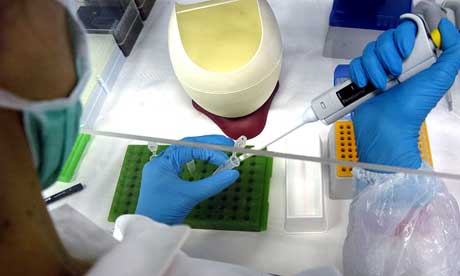 Common experience tells us that particular scents of childhood can leave quite an impression, for better or for worse. Now, researchers reporting the results of a brain imaging study show that first scents really do enjoy a "privileged" status in the brain. (Credit: iStockphoto/Olga Solovei)
Common experience tells us that particular scents of childhood can leave quite an impression, for better or for worse. Now, researchers reporting the results of a brain imaging study show that first scents really do enjoy a "privileged" status in the brain. (Credit: iStockphoto/Olga Solovei)From Science Daily:
Science Daily (Nov. 6, 2009) — Common experience tells us that particular scents of childhood can leave quite an impression, for better or for worse. Now, researchers reporting the results of a brain imaging study online on November 5th in Current Biology, a Cell Press publication, show that first scents really do enjoy a "privileged" status in the brain.
Read more ....















































